65 Best Japanese Books of All Time
by David McElhinney & Will Heath | ART
Choosing the fifty best Japanese books ever written is a monumental task, invariably leading to the omission of so many wonderful works of literature. After all, Japan has given rise to some of the world’s best writers, both past and present, with styles that have borrowed from and further informed Western literature. But here are 65 books that, together, speak to the rich history of literature in Japan.
The list includes classic novels, revolutionary works of contemporary fiction, autobiographical treatises, singular compilations, and a sprinkling of manga. These books are presented in no particular order – so which would make your top 10?
All books are independently researched and recommended, although we may receive commissions on purchases made from our chosen links at no additional cost to you.
1. The Tale of Genji by Murasaki Shikibu
Translated by Edward Seidensticker
Why Should I Read This Book? This is where Japanese literature began.
Murasaki Shikibu was an educated noblewoman of Heian period Japan, and author of what most consider to be the world’s first novel. The Tale of Genji is widely agreed to be the finest work of literature in Japanese history, so much so that ukiyo-e artists of the Edo period dedicated their lives to painting visual recreations of scenes from Shikibu’s novel in woodblock prints (check out The Tale of Genji in Japanese Art). Few works are as revered as The Tale of Genji, which tells the story of an emperor’s son who is removed from the line of succession.
The Tale of Genji – Available at Amazon
2. I Am a Cat by Natsume Soseki
Translated by Aiko Ito and Graeme Wilson
Why Should I Read This Book? It’s a tale of Meiji-era Japan from the perspective of Japan’s favorite domestic animal.
Japan loves house cats, and Natsume Soseki’s I Am a Cat is a satirical ode to the nation’s favorite, and most supercilious, feline. Written in the early 1900s, Soseki’s novel is also a portrait of the uneasy East-West fusion Japan was experiencing during the Meiji era. Told from the cat protagonist’s perspective as it wanders the neighborhood eavesdropping on gossiping residents, Soseki created a quintessentially Japanese work of literature that has rightly stood the tough test of time.
I Am a Cat – Available at Amazon
3. The Woman in the Purple Skirt by Natsuko Imamura
Translated by Lucy North
Why Should I Read This Book? It’s one of Japan’s best contemporary writers spreading her literary wings.
Another book that puts laser focus on the lives of down-and-out women in modern Japan, The Woman in the Purple skirt is as powerfully thought-provoking as it is deadpan funny. The Woman in the Yellow Cardigan is our narrator, a stream-of-consciousness voyeur, who has an obsession with the Woman in the Purple Skirt. The story is built around the dynamic between the narrator and her subject, wrapped up in a world of office politics and the pressure of social mores. This originality of style and prose helped Imamura bag the coveted Akutagawa Prize for the book in 2019.
The Woman in the Purple Skirt – Available at Amazon
4. The Devotion of Suspect X by Keigo Higashino
Translated by Alexander Smith
Why Should I Read This Book? A captivating crime novel that stands out with its complex characters, unexpected twists, and skillful storytelling.
The Devotion of Suspect X is the most acclaimed of Keigo Higashino’s detective novels, selling more than 800,000 copies the year it was released. It’s a cerebral mystery novel, full of concise plotting and sleights of hand, that subverts the whodunnit form. Yasuko Hanaoka finds herself in a desperate situation when her ex-husband, Togashi, shows up at their apartment, resulting in a violent confrontation that leads to his death. Yasuko’s neighbor, the brilliant mathematician Ishigami, begins to devise a cover up. And there is only one man capable of untangling the mystery of what happened on that fateful day: Detective Galileo.
The Devotion of Suspect X – Available at Amazon
5. The Reason I Jump by Naoki Higashida
Translated by KA Yoshida and David Mitchell
Why Should I Read This Book? It’s an unprecedented exploration of living with non-verbal autism.
Written by Naokai Higashida, a then 13-year-old boy who lives with non-verbal autism, The Reason I Jump provides profound insights into the mind of those diagnosed with his condition. Using a “cardboard keyboard”, Higashida learnt to communicate his thoughts, feelings and capacity for emotion, which is elucidated in this heart-wrenching tale; an exploration of the inner-workings of an autistic mind. The translation by author David Mitchell and his wife KA Yoshida is particularly poignant, as Higashida’s story allowed them to understand their own autistic child in a way that they had never before conceived.
The Reason I Jump – Available at Amazon
6. Snow Country by Yasunari Kawabata
Translated by Edward Seidensticker
Why Should I Read This Book? It is the most aesthetically beautiful and sublime Japanese novel.
Nobel Prize winner Yasunari Kawabata is one of Japan’s most beloved and revered novelists. An aesthete of splendid skill with words, he wrote some of the most beautiful novels ever penned. While there’s an endless debate over which is his finest work, Snow Country is the one that most perfectly encapsulates his aesthetics and obsession with art and beauty. Snow Country is a love story between a Tokyo man and a geisha who lives and works in a mountainous onsen town. It is bleak and stark and poetically magnificent.
Snow Country – Available at Amazon
7. The Silent Cry by Kenzaburo Oe
Translated by John Bester
Why Should I Read This Book? Oe represents the family struggles of 20th century Japan.
Kenzaburo Oe was another of Japan’s Nobel Prize winners, and his books are often intimate family affairs that touch on politics but mostly focus on the pain that comes with family. The Silent Cry is his most polished and rounded example of this theme, telling the story of two brothers in the 60s who return to their childhood village. One travels from Tokyo, and the other from the US. Both have new-found baggage and bring it with them to a home that is being changed by the tides of modernity. It’s a book about change, both personal and national; a brutal and harsh novel but a work of true mastery.
The Silent Cry – Available at Amazon
8. The Thief by Fuminori Nakamura
Translated by Satoko Izumo & Stephen Coates
Why Should I Read This Book? A dark and atmospheric journey through the underbelly of Tokyo, The Thief offers a fresh perspective not found in other crime novels.
Fuminori Nakamura’s The Thief is, at its heart, a moral tale. Following a pickpocket antihero, Nishimura, who targets affluent commuters on the Tokyo subway system, this short novel explores the complex nature of vigilantism. Society has given Nishimura the short shrift and he has acted out accordingly. Then a chance encounter with a boy from a broken home sets him on a path of personal redemption. But will his past catch up with him before he can succeed?
The Thief – Available at Amazon
9. Lonely Castle in the Mirror by Mizuki Tsujimura
Translated by Philip Gabriel
Why Should I Read This Book? A unique and heartfelt tale of friendship, self-discovery, and the power of imagination
Mizuki Tsujimura shows shades of C.S. Lewis in her critically acclaimed 2017 novel, Lonely Castle in the Mirror. But rather than a wardrobe functioning as a portal to another realm, it’s the titular mirrors, seven in all, each one in the bedroom of a Tokyo teen. The teens are transported to the enchanting halls of the great castle in their mirrors, where they may be granted a wish upon completing a quest. But the book is really about the precariousness of adolescence; of dealing with loneliness and anxiety, ostracization and bullying, and accepting that we have more in common with one another than it may sometimes feel.
Lonely Castle in the Mirror – Available at Amazon
10. Kokoro by Natsume Soseki
Translated by Meredith McKinney
Why Should I Read This Book? To this day, Natsume Soseki is Japan’s best-loved novelist.
While The Tale of Genji is Japan’s most renowned novel, the nation’s most beloved author is undoubtedly Natsume Soseki. This fascinating novelist penned several treasured books, but his finest is certainly Kokoro (heart). Set between Kamakura and Tokyo, the novel explores in three parts the relationship between a young and impressionable man and his sensei, whom he so intensely admires. It switches perspectives halfway through, providing a touching, detailed, and transparent three-dimensional perspective on these men and their relationship. For more, see the 20 Best Japanese Authors of All Time.
11. Rashomon by Ryunosuke Akutagawa
Translated by Takashi Kojima
Why Should I Read This Book? It is a short story that speaks to Japanese honour and the fight to stay alive.
Rashomon is named after the ruined gate of southern Kyoto (which, in turn, was named after a famous Noh play). Akutagawa’s short story tells the tale of a servant who finds himself in the broken Rashomon, racked by the choice between starving to death and fighting to survive, until he meets an old woman in the gate who has already made her own choice. This story, which is often sold as part of a collection, was written by the same Akutagawa that Japan’s most prestigious literary prize is named after.
Rashomon – Available at Amazon
12. How Do You Live? By Genzaburo Yoshino
Translated by Bruno Navasky
Why Should I Read This Book? It is a thought-provoking exploration of life's meaning and purpose.
How Do You Live?, first published in the 1930s, is a novel like few others. It’s styled as a series of parables and essays; the former following Copper, a teenage boy in interwar Tokyo; and the latter written as letters by his uncle, Copper’s guiding grace in life. Genzaburo Yoshino wrote How Do You Live? as an act of subterfuge, to extoll lessons of individualism and self-actualization to the Japanese public. The children’s story façade was a mere disguise, conceived as a way to to avoid the literary restrictions enforced by the Tokko, imperial Japan’s Thought Police. It’s this meta-narrative that makes How Do You Live? one of the most important works of fiction ever published in Japan.
How Do You Live? – Available at Amazon
13. Tokyo Express by Seicho Matsumoto
Translated by Jesse Kirkwood
Why Should I Read This Book? It is a gripping tale of crime and corruption, offering a thought-provoking exploration of Japanese society.
Tokyo Express starts out in the fashion of many detective thrillers. Two bodies are discovered on the seashore. The corpses suggest a cyanide-inflicted love suicide. But two detectives, a wise old head and a new kid on the block, believe there’s more to it than meets the eye. But what sets this short, sharp Hitchcockian thriller apart is the meticulous planning and bare-bones prose employed by Matsumoto, leaving much to the imagination as it carries you from its opening salvo to its final revelation.
Tokyo Express – Available at Amazon
14. Earthlings by Sayaka Murata
Translated by Ginny Tapley Takemori
Why Should I Read This Book? It is a profound and unsettling exploration of societal pressures, individual freedom, and the complexities of human relationships.
Earthlings is perhaps the strangest book on this list, which is no easy feat to achieve. The asexual protagonist, Natsuki, feels there’s no place for her in this world – or “the Factory,” as she pejoratively refers to it. In spite of familial pressures to get married and live a “normal” life, Natsuki slowly recedes from reality with the help of two fellow misfits. Along the way you’ll encounter incest, pedophilia, cannibalism, murder, and strangest of all, deep and sincere sympathy.
Earthlings – Available at Amazon
15. No Longer Human by Osamu Dazai
Translated by Donald Keene
Why Should I Read This Book? It’s a semi-autobiographical tale from one of Japan’s greatest, yet most troubled, Meiji-era authors.
The concept of traditional life clashing with Western assimilation was a common theme of 20th-century Japanese literature, and No Longer Human tackles this trope in such an enduring way that it remains one of the bestselling novels ever in Japan. Told through the diary entries of protagonist Oba Yozo (in many ways a facsimile of the author), it portrays a troubled character who hides behind the mask of a clown while battling his own internal demons. Masterfully juxtaposing the depths of psychological despair with the fleeting moments of connection that make a life worth living, Dazai’s final masterpiece will live long in the memory.
No Longer Human – Available at Amazon
16. The Book of Five Rings by Miyamoto Musashi
Translated by William Scott Wilson
Why Should I Read This Book? It’s a rulebook on the way of the warrior from Japan’s greatest ever warrior.
In 1643, undefeated after 61 duels, Japan’s most fearsome samurai, Miyamoto Musashi, retreated to the sepulchral confines of a cave and wrote The Book of Five Rings, an exploratory treatise of swordsmanship, strategy and mind over matter. His clear and concise text remains the holy grail of martial arts manifestos and is still used by practitioners almost 400 years later. The book’s fundamental teachings around self-control and hard work have proved so timeless that many have been appropriated and utilized by people in all walks of modern life.
The Book of Five Rings – Available at Amazon
17. Breasts and Eggs by Mieko Kawakami
Translated by Sam Bett and David Boyd
Why Should I Read This Book? It’s a bestselling novel about motherhood, sacrifice and freedom.
Split into two sections, Breasts and Eggs follows the life of narrator Nastuko in long vignettes eight years apart. Natsuko is a novelist who yearns to bear children but is repulsed by the idea of sex, and so weighs up a path generally forbidden to Japanese single women: artificial insemination. The book is a scything dissection of the struggles faced by working-class women in Japan, only heightened by Kawakami’s rough-and-tumble Osaka dialect which is ever-present in her writings.
Breasts and Eggs – Available at Amazon
18. The Tale of the Heike by Multiple Authors
Translated by Royall Tyler
Why Should I Read This Book? This is the father of all samurai stories.
Often compared to Homer’s Illiad, The Tale of the Heike is an epic of Japanese – and subsequently world – literature, compiled from 14th-century poems and stories which were born out of an oral storytelling tradition. Charting the course of the conflict between the great Heike and Genji clans, the book is one of grand battles, daimyo power struggles, the plight of the commoner, and of the interplay between spirituality and war. A classic for the ages and required reading for any students of ancient Japanese history.
The Tale of the Heike – Available at Amazon
19. The Last Children of Tokyo by Yoko Tawada
Translated by Margaret Mitsutani
Why Should I Read This Book? It offers a glimpse into a future Japan, delving into the complexities of relationships, the impact of technology, and the enduring power of love and human connection.
Also in print in English as The Emissary, Yoko Tawada’s The Last Children of Tokyo is a dystopian sci-fi tale that inverts society in a compelling way. Children are born into the world as elderly, weak and feeble, while living centenarians remain strong and in good health. The story follows young Mumei and his great-grandfather Yoshiro, who struggles day after day to keep his descendant alive. A secret organization then sets out to find a cure, and Mumei might be the last children of Tokyo’s only hope.
The Last Children of Tokyo – Available at Amazon
20. Japanese Tales of Mystery and Imagination by Edogawa Rampo
Translated by James B. Harris
Why Should I Read This Book? Experience classic works from Japan’s master of mystery
Taro Hirai, more commonly known by his penname, Edogawa Rampo (or “Edgar Allen Poe” in Japanese), was one of the most influential figures in early 20th-century Japanese mystery fiction; so much so, that an award given out every year by the Mystery Writers of Japan bears his name. Japanese Tales of Mystery and Imagination is Rampo’s greatest collection, featuring nine surrealist thrillers, from the story of a chair maker who buries himself inside a sofa to the tale of a man who creates an eerie chamber of mirrors.
Japanese Tales of Mystery and Imagination – Available at Amazon
21. The Undersea Warship: A Fantastic Tale of Island Adventure by Shunro Oshikawa
Translated by Shelley Marshall
Why Should I Read This Book? Shunro Oshikawa's vivid storytelling brings to life a tale of exploration, discovery, and epic naval battles beneath the waves, offering a unique blend of adventure and fantasy.
Steampunk fiction has embedded itself in the Japanese literary world – particularly in the form of manga – and if we look back to the origins of this Victorian-inspired sci-fi genre in Japan, Shunro Oshikawa can be credited as one of the founding fathers. His novel, The Undersea Warship: A Fantastic Tale of Island Adventure, is clearly inspired by Jules Verne, the father of Western sci-fi and proto-steampunk literature. First published in 1900, it’s a swashbuckling adventure, featuring steam-powered technology, maritime battles, and a fight-for-survival on a not-so-deserted island. Moreover, it’s an important work of literature that helped set the foundations for a now-thriving subculture.
The Undersea Warship – Available at Amazon
22. The Narrow Road to the Deep North by Matsuo Basho
Translated by Nobuyuki Yuasa
Why Should I Read This Book? These poems capture the unique serenity and dramatic beauty of rural Japan.
A mix of prose and poetry that represents one of the major works of poetry of the Edo period of Japan. Basho’s The Narrow Road to the Deep North chronicles the journey which Basho took with a travelling companion, out of Tokyo (or Edo, as it was known at the time) and into the rural wilds of the north. It’s a beautiful and descriptive exploration of the natural wonders of Edo Japan. Nothing like it exists in the entire library of Japanese literature.
The Narrow Road to the Deep North – Available at Amazon
23. The Sailor who Fell from Grace with the Sea by Yukio Mishima
Translated by John Nathan
Why Should I Read This Book? It is a controversial tale by a dark figure of Japanese literature.
Yukio Mishima is a controversial figure, to say the least. While he was an out-and-out fascist who committed seppuku after a failed coup, he did provide us with some thought-provoking works of literature that not only allow us a window into his mind and his demons, but also into the shifting modernisation of 20th century Japan. The most clear-cut of his works is The Sailor who Fell from Grace with the Sea: a metaphorical tale about a young boy who becomes obsessed with his mother’s new boyfriend. This boyfriend is a sailor whom the lad respects, until he chooses love over the great wide open, and the boy takes this as a betrayal. It’s a heavy political metaphor and one of the most important works of Japanese literature.
The Sailor who Fell from Grace – Available at Amazon
24. The Makioka Sisters by Junichiro Tanizaki
Translated by Edward Seidensticker
Why Should I Read This Book? This is a unique glimpse into the dying world of Japanese gentry in post-war Osaka.
Perhaps the closest Japan ever gets to a Jane Austen-style novel, The Makioka Sisters is Tanizaki’s magnum opus. It tells the story of a rich family of Osaka gentry at a pivotal time in the 20th century when that particular class of people was becoming outdated and beginning to fade into obscurity. In that regard, it follows similar themes and aesthetics as Downton Abbey. To this day, it is revered as one of the great classics of Japanese literature, capturing a shifting moment in time that will never come again.
The Makioka Sisters – Available at Amazon
25. The Wind-Up Bird Chronicle by Haruki Murakami
Translated by Jay Rubin
Why Should I Read This Book? This is Japan’s most popular modern author at his absolute best.
Haruki Murakami is easily Japan’s most popular living novelist, often predicted to win the Nobel Prize but, as of yet, always missing out. Murakami has a large catalogue of work, most of which is surreal and famous for its repeated themes and tropes. The Wind-Up Bird Chronicle is Murakami’s magnum opus. Here’s the Murakami novel that best exemplifies his infamous tropes and themes; it is perfectly paced and offers a story about anxieties and existential crises, wrapped up in surreal and impossible scenarios that make for a fun and thrilling read.
The Wind-Up Bird Chronicle – Available at Amazon
26. A Personal Matter by Kenzaburo Oe
Translated by John Nathan
Why Should I Read This Book? It provides a window into the troubled life of Kenzaburo Oe.
A Personal Matter is exactly that, a semi-autobiographical tale written in the poetic prose of Kenzaburo Oe. The story follows Bird, a sharp individual whose failing marriage is thrown into further disarray after his wife gives birth to a brain-damaged child. Exploring the relationship Oe has with his own disabled child, the book reaches into uncomfortable areas of the human psyche, as Bird struggles with shame and regret, all set against the backdrop of a Japan still crawling out from the wreckage of World War II.
A Personal Matter – Available at Amazon
27. Vibrator by Mari Akasaka
Translated by Michael Emmerich
Why Should I Read This Book? It’s one of the most poignant studies of mental health in modern Japanese fiction.
A troubled journalist, the wintry wilds of the Japanese hinterlands, and a tale of escapism and desire make for an unruly combination in this punchy work by Mari Akasaka. Protagonist Rei Hayakawa hitches a ride with a trucker through northern Japan in an attempt to exercise in her “vibrating” demons and reclaim her humanity. Her journey results in a stream-of-consciousness study of mental health that deserves its place in the pantheon of modern Japanese fiction.
Vibrator – Available at Amazon
28. Battle Royale by Koushun Takami
Translated by Yuji Oniki
Why Should I Read This Book? It’s The Hunger Games Japanese-style.
Battle Royale is a blood-splattered, fight-to-the-death thriller featuring a class of high-school kids consigned to an island off the coast of what was once Japan. The hefty 600-plus page novel – later adapted into a movie of the same name featuring the inimitable Takeshi Kitano – might best be described as The Hunger Games meets violent anime in an Orwellian dystopia. The result of this bizarre alchemy is a book that will keep you on your toes as the contestants battle for survival. But what moves Takami’s work beyond a mere shock-value slasher are the deeply human and nuanced back stories of its principle characters, which in turn, inform their willingness (or otherwise) to play the game.
Battle Royale – Available at Amazon
29. Night on the Railroad by Kenji Miyazawa
Translated by Julianne Neville
Why Should I Read This Book? It’s a fantastical compilation from one of Japan’s most beloved authors.
Written in the early 20th century, Night on the Galactic Railroad is a pre-Tolkien, galaxy-traversing fantasy born out of Miyazawa’s love of the stars. The collection of stories within are thematically connected by the cosmos and an elemental quality that resembles Japan’s connection to the natural world. The most famous tale, also called Night on the Galactic Railroad, is a Steven King-esque story (minus the gore) that shines light on the infallible power of childhood friendships.
Night on the Railroad – Available at Amazon
30. The Guest Cat by Takashi Hiraide
Translated by Eric Selland
Why Should I Read This Book? It is a beautifully written and introspective tale that gracefully explores healing power of nature, and the subtle ways in which animals can touch our lives.
A couple of freelance writers form the central pairing in Takashi Hiraide’s The Guest Cat. They live in a small cottage in a quiet part Tokyo; a place where life moves at an agreeable pace. Yet they have reached a phase in their relationship where they have begun to drift apart. Then the titular cat appears, and slowly but surely, it binds the couple together again. There really is little more to it than that. But that’s not to discredit the book. The Guest Cat is infinitely Japanese in its understated simplicity, while remaining deeply emotive and beautiful to its core.
The Guest Cat – Available at Amazon
31. Sweet Bean Paste by Durian Sukegawa
Translated by Allison Watts
Why Should I Read This Book? A journey of unlikely friendships and the power of acceptance unfold through the art of making dorayaki
Durian Sukegawa’s tender novel, Sweet Bean Paste, is a story about the power of friendship. Protagonist Sentaro’s life has taken a turn, and he’s found himself working without any real purpose in a shop selling dorayaki, pancakes filled with sweet bean paste. An elderly women and master sweet maker, Tokue, enters the shop one day, and begins to teach Sentaro her craft. Both have pasts that don’t always make for comfortable reading, but with each other’s help, they will find a way to heal.
Sweet Bean Paste – Available at Amazon
32. Underground by Haruki Murakami
Translated by Alfred Birnbaum & Philip Gabriel
Why Should I Read This Book? Murakami brings a literary lens to bear on the Tokyo subway attack, providing insights into the collective trauma experienced by both victims and perpetrators.
Murakami is best known for his fiction, but he has penned several nonfiction books with great success, from an insightful series of essays on the power of running to a memoir-turned writer’s manual, called Novelist as a Vocation. Underground may be his greatest work of nonfiction, and is a fantastic foray into investigative journalism. It explores the impact and aftermath of the 1995 sarin gas attack by the Aum Shinrikyo cult on the Tokyo subway system, which killed 13 and injured many more. Murakami interviews victims, perpetrators, and people affected by the attack, and combines it with a mediation on a society in malaise.
Underground – Available at Amazon
33. The Traveling Cat Chronicles by Hiro Arikawa
Translated by Philip Gabriel
Why Should I Read This Book? Capturing the essence of the feline-human connection, Arikawa blends warmth, humor, and bittersweet emotions in a story that will tug at your heartstrings.
The Traveling Cat Chronicles features many common themes of Japanese fiction: a cat, passing time represented by the changing seasons, and powerful friendships that bind the characters together. Nana, the cat, is taken on a road trip by his owner Satoru. They meet old friends along the way, as we learn about Satoru’s past and present life of isolation. What ensues is a heartwarming tale, whose bittersweet finale will have you reaching for the tissues.
The Traveling Cat Chronicles – Available at Amazon
34. The Memory Police by Yoko Ogawa
Translated by Stephen Snyder
Why Should I Read This Book? It is a thought-provoking reflection on the nature of identity and the importance of resistance.
The Memory Police is not a book for readers who like simple conclusions, with all loose ends tied neatly in a bow. Rather its place in the canon is embodied by what’s left unsaid; by the questions one continues to ponder long after reading the final word. The premise is a good one: the Memory Police exercise absolute control over a small, unnamed island, somewhere off the coast of mainland Japan. Periodically, they eradicate something from the island, wiping all inhabitant’s memories of the disappeared item or concept. At first it’s hats, then ribbons, perfumes, birds, and roses. But despite the Memory Police’s attempts, some inhabitants still remember, and they are deemed the most dangerous of all.
The Memory Police – Available at Amazon
35. In the Miso Soup by Ryu Murakami
Translated by Ralph McCarthy
Why Should I Read This Book? It is a chilling and suspenseful thriller that explores the depths of human depravity and existential dread.
Into the Miso Soup is classic Ry Murakami: a bizarre and unrelenting story from the seedy haunts of downtown Tokyo. American tourist Frank hires the services of local tour guide Kenji, with one simple request: to take him on a tour of Kabukicho’s sex clubs. A brutal murder has recently taken place, and Kenji begins to suspect his quietly disturbed customer. And this is where things begin to spiral in completely unforeseen directions.
In the Miso Soup – Available at Amazon
36. Out by Natsuo Kirino
Translated by Stephen Snyder
Why Should I Read This Book? It is a scathing and harsh story of Japanese feminism.
Natsuo Kirino is one of the great Japanese feminist authors - possibly the greatest of them. And while she has written works of varying styles and genres, Out is the book that best personifies her anger and grief. It tells the story of a factory worker who, finally pushed to her limits, murders her husband and seeks the help of her female work colleagues in order to cover up the killing. It’s a dark thriller that escalates further and further across hundreds of tightly written and tautly stretched pages of narrative.
37. The Pillow Book by Sei Shonagon
Translated by Meredith McKinney
Why Should I Read This Book? It is a wildly clever, amusing and unique collection of notes on imperial life more than 1000 years ago.
There is nothing in the world like The Pillow Book. Sei Shonagon was a court lady and, during her time in the imperial court of Heian, she penned many essays, musings, anecdotes, and even poems about the people and events of the imperial court. This is an amusing and eye-opening insight into the lives of the most powerful people in Japan more than a millennium ago. A completely unique and fascinating book from a uniquely female perspective.
The Pillow Book – Available at Amazon
38. The Housekeeper and the Professor by Yoko Ogawa
Translated by Stephen Snyder
Why Should I Read This Book? Here is a unique story of love that is not, strictly, a love story.
Yoko Ogawa is one of modern Japan’s most treasured authors, and she has penned many books in many genres, but her most human and emotionally resonant novel is easily The Housekeeper and the Professor. It tells the story of an aged genius mathematician who now has a memory that resets each day. His newest housekeeper, our narrator, forms a unique and lasting bond with the professor, and the mathematician even develops a paternal relationship with the housekeeper’s young son. There are few novels as beautiful as this one.
The Housekeeper and the Professor – Available at Amazon
39. Territory of Light by Yuko Tsushima
Translated by Geraldine Harcourt
Why Should I Read This Book? It is one of the most calmly and quietly aesthetic novels ever written.
A young woman with a two-year-old daughter has separated from her husband and, now, lives with her daughter in a new apartment that is flooded with natural light. This short and beautiful novel charts her story across twelve months after her separation from her husband. It looks at what kind of person she becomes without him: the choices she makes and how she reacts to the world around her. A small, quiet, and serene tale of hope and bleakness.
Territory of Light – Available at Amazon
40. Convenience Store Woman by Sayaka Murata
Translated by Ginny Tapley Takemori
Why Should I Read This Book? Murata represents the working class of 21st century Japan.
There are few novels as politically and socially important as Convenience Store Woman. This novel made headlines the world over for being a unique take on the state of working life in Japan. It follows the life of a convenience store clerk who has worked the job for eighteen years and is perfectly happy with her lot in life. This is a book about expectations, corporate ladders, and social stresses. It’s a biting, sarcastic, venomous book written with passive aggression that makes it electric and addictive. A true modern classic.
Convenience Store Woman – Available at Amazon
41. Ring by Koji Suzuki
Translated by Glynne Walley
Why Should I Read This Book? It’s the source material for the famous horror flicks of the same name.
Ring is perhaps better known for its two nightmarish film adaptations: 1998’s Ringu (in Japanese) and the subsequent 2002 Hollywood classic, The Ring. Dread is the key emotion that permeates Suzuki’s tale of an abstract videotape, that once watched, informs the viewer they will meet their death in one week. Asakawa, a workaholic journalist, makes his way from Tokyo to a sleepy Izu mountain town to uncover the video’s secrets.
42. Japan Sinks by Sakyo Komatsu
Translated by Michael Gallagher
Why Should I Read This Book? It is a timely and hauntingly realistic portrayal of a nation's struggle for survival.
What makes Japan Sinks such an interesting work of science fiction, is the scientific rigor Sakyo Komatsu applies to the narrative’s main hook. A crew of fisherman drop anchor on a small island, only to find it has disappeared when they awake. A team of investigators then posit, using science and rationale, that Japan is slowly sinking into the Pacific Ocean. Told from several points of view, the story quickly shifts to the social and personal implications of a looming disaster that will destroy an entire nation.
Japan Sinks – Available at Amazon
43. Taiko: An Epic Novel of War and Glory in Feudal Japan by Eiji Yoshikawa
Translated by William Scott Wilson
Why Should I Read This Book? It artfully recounts of one of the bloodiest, and most formative, periods of Japanese history.
The Sengoku era (1415 – 1603) was brought to a close in the final decades of the 16th century as three warlords subsequently strove to unite a country long steeped in brutal warfare. Oda Nobunaga, Toyotomi Hideyoshi, and subsequently Tokugawa Ieyasu, were embroiled in power struggles, covert plots, bloody insurrections, and epoch-defining battles in their search to unite Japan under one banner. Eiji Yoshikawa’s Taiko is the definitive, dramatized retelling of this period of history that would change the fate of Japan forever.
Taiko: An Epic Novel of War and Glory – Available at Amazon
44. The Seven Samurai and Other Screenplays by Akira Kurosawa
Translated by Donald Richie
Why Should I Read This Book? It contains three screenplays by Japan’s greatest cinematic auteur.
Few filmmakers in the pantheon of global cinema sit on as high a pedestal as Akira Kurosawa, the trailblazing auteur who brought us Rashomon, Yojimbo, and The Seven Samurai, and was credited as a major inspiration for the Spaghetti Western craze which engulfed Hollywood in the 1960s. In this anthology, translated by the great Japanophile Donald Richie, are three of Kurosawa’s most enduring works: Ikiru (1952), a Hemmingway-like story of a civil servant coming to terms with death; the Macbeth-inspired Throne of Blood (1957); and arguably the greatest of them all, The Seven Samurai (1954).
The Seven Samurai – Available at Amazon
45. Apparitions by Miyuki Miyabe
Translated by Daniel Huddleston
Why Should I Read This Book? It explores the supernatural influences that permeated Edo-period Japan.
From Shintoism to kaidan (ghostly folklore), Japanese culture has never been uncomfortable with the supernatural, and Miyuki Miyabe’s Apparitions is an ode to this truth. Fusing journalism, and deep-dive historical research with a touch of macabre fantasy, she explores the supernatural beliefs of the time through a collection of stories that focus as much on the lives of its characters as the spirits of death that surround them.
Apparitions – Available at Amazon
46. Strange Weather in Tokyo by Hiromi Kawakami
Translated by Allison Markin Powell
Why Should I Read This Book? One of Japan’s most charming love stories.
Hiromi Kawakami has a habit of writing spectacularly human characters of all ages. She understands love and friendship better than most authors, and that is best exemplified in Strange Weather in Tokyo. This novel follows the blossoming romance between a thirty-something salarywoman and an ageing Japanese teacher who was once her own sensei. The story metaphorically explores the marriage between traditional Japan and the new corporate world of post-war Tokyo, and it is one of the sweetest, kindest novels you’ll ever read.
Strange Weather in Tokyo – Available at Amazon
47. Silence by Shusaku Endo
Translated by William Johnston
Why Should I Read This Book? A completely unique perspective on religion and international politics from one of Japan’s few Christian writers.
Japan has had a complicated and bloody relationship with outsider religions, but it does have a small Christian and Catholic population. One of the most famous Catholics of Japan is Shusaku Endo, who wrote the novel Silence, inspired by real-world events and people. This novel had such a global impact that it was adapted into a celebrated film by Martin Scorsese. The novel features the famous Shimabara Rebellion, in which a group of Catholic peasants, in 1637, rose up against their lord after he laid down brutal anti-Christian laws in his region.
48. Tokyo Ueno Station by Yu Miri
Translated by Morgan Giles
Why Should I Read This Book? A bitter, socialist tale of forgotten people in 20th century Japan.
Yu Miri is a Japanese writer of Korean parentage who is easily one of Japan’s most outspoken and confident political writers. Currently residing in Fukushima, she has helped to rebuild the arts community after the 2011 nuclear disaster. Her novel Tokyo Ueno Station is one of the most scathing and biting political novels to come out of Japan. Its narrator is the ghost of a working man who died homeless in Ueno Park, despite giving his life to building the modern cityscape of 20th century Tokyo. Born on the same day as the emperor, he received none of that good fortune and died in obscurity. This is a socialist tale about the plight of the working man, and a work of absolute genius.
Tokyo Ueno Station – Available at Amazon
49. The Waiting Years by Fumiko Enchi
Translated by John Bester
Why Should I Read This Book? This is a cherished tale of heartbreak and responsibility in post-Edo, pre-war Tokyo.
An oft-overlooked classic of Japanese literature, The Waiting Years tells the story of a diplomat’s wife, who has been tasked with travelling to Tokyo and selecting a new lover - from a lineup of geisha - for her own husband. This book explores the concept of responsibility, both political and familial. It is a heartbreaking tale that reeks of rigidity and the price we pay for what is expected of us.
The Waiting Years – Available at Amazon
50. Almost Transparent Blue by Ryu Murakami
Translated by Nancy Andrew
Why Should I Read This Book? A sign of early genius by Japan’s most raw and brutal modern novelist.
Ryu Murakami is often overshadowed by another writer who happens to share his surname. In spite of this, Ryu Murakami is an author whose works often exposed the filthy underbelly of Tokyo society that lurks just beneath the spotlessly clean streets we all know. Almost Transparent Blue is a semi-autobiographical novel who shifted a million copies in its first six months, telling the story of Murakami’s own youth in the world of 1970s Tokyo. In true Murakami style, it is a book of sex, drugs, and rock ‘n’ roll!
Almost Transparent Blue – Available at Amazon
51. Kitchen by Banana Yoshimoto
Translated by Megan Backus
Why Should I Read This Book? A progressive book of love and family years ahead of its time.
It’s a cliche to describe a writer as ‘ahead of their time’ but Banana Yoshimoto truly has been, on more than one occasion. The best example of this is Kitchen, a book which explores young relationships in nuanced and complex ways. Two young people, racked by death and grief and anxiety, trying to navigate the landscapes of love and friendship. Kitchen is a milestone of 20th century Japanese literature.
52. The Temple of the Golden Pavilion by Yukio Mishima
Translated by Ivan Morris
Why Should I Read This Book? It’s one of Japan’s literary greats exploring the ideals of beauty.
Even when focusing on beauty, Mishima never strays far from anguish. In The Temple of The Golden Pavilion, stuttering protagonist Mizoguchi becomes an acolyte at Kyoto’s famous Golden Pavilion temple, where he obsesses over the aesthetics of the structure in reaction to the torment of his own childhood. Loosely based on a true story, this pioneering work was one of the primary catalysts in Yukio Mishima’s rise to literary stardom.
The Temple of the Golden Pavilion – Available at Amazon
53. The Gossamer Years by Michitsuna no Haha
Translated by Edward G. Seidensticker
Why Should I Read This Book? It provides a lens into the lives of aristocratic women during the Heian period.
Autobiographical and truthful to a fault, The Gossamers Years follows two decades in the life of its author, who goes by the nom de guerre Michitsuna no Haha (Michitsuna’s mother). Dissatisfied at occasionally playing second fiddle to her lordly husbands numerous wives and concubines – which was common for feudal aristocrats to have – the unnamed protagonist aims to subvert the marriage system of her day. The book’s feminist overtones are emotionally resonant in a way that few other works of millennia-old literature were ever achieved.
The Gossamer Years – Available at Amazon
54. The Woman in the Dunes by Kobo Abe
Translated by E. Dale Saunders
Why Should I Read This Book? It is one of Japan’s great suspense novels.
Following the travails of protagonist Niki Junmpei, a beetle-searching amateur entomologist, The Woman in the Dunes is a suspense-driven tale of imprisonment and existentiality. After missing the last bus home whilst on an entomological expedition, Jumpei takes shelter in a creepy village under the shadow of sand dunes. But before long, he’s being held captive in a shack by the village’s inhabitants. His only reprieve comes through reflections of his former life and dialogue with the woman who’s in there with him.
The Woman in the Dunes – Available at Amazon
55. The Lonesome Bodybuilder by Yukiko Motoya
Translated by Asa Yoneda
Why Should I Read This Book? A fantastic book of short stories about common people searching for liberation.
Magical realism and humans striving for validation are common themes in Yukiko Motoya’s highly original short story collection, The Lonesome Bodybuilder. The pinnacle of the book is the titular tale, which follows a weight-lifting housewife and her oblivious husband, while exploring the dynamics of a failing marriage in nuanced ways. All 11 of the stories within are open to interpretation, however, leaving readers with tantalizing loose threads that are likely to draw them back for several more bites at the cherry.
The Lonesome Bodybuilder – Available at Amazon
56. Dragon Sword and Wind Child by Noriko Ogiwara
Translated by Cathy Hirano
Why Should I Read This Book? It’s introduced readers to one of the great Asian-inspired fantasy worlds ever created.
The first fantasy tale of Noriko Ogiwara, Dragon Sword and Wind Child is a Star Wars-esque tale of good vs evil, light vs darkness, and a young protagonist thrust into a nation-destroying conflict as she discovers the unfavorable roots of her heritage. Set in a distinctly Oriental quasi-medieval realm, showing Ogiwara’s inimitable talent for worldbuilding, the book tackles themes of war and moral ambiguity while remaining accessible to younger readers. Upon its first publication 1988, it announced Ogiwara as a serious name in the world of Japanese fantasy literature.
Dragon Sword and Wind Child – Available at Amazon
57. Cloud of Sparrows by Takashi Matsuoka
Why Should I Read This Book? It’s an epic narrative focusing on the last gasp of Edo-period Japan as it assimilated with the West.
First generation Japanese American Takashi Matsuoka fuses his Japanese blood with his American upbringing in this long and winding narrative which follows an eclectic cast of characters, both Japanese and colonial, during the last days of the Edo period. Japan has opened its doors to the West. The shogun faces revolt. A young warlord with rumored powers of foresight has ingratiated himself to a band of Christian missionaries. One of the great samurai of the era has embarked on a blood-soaked frenzy. All of these factors and more combine to tell a tale of clashing traditions, both trivial and enduring, that feels true to the struggles of late Edo. Cloud of Sparrows also perfectly tees up its sequel, Autumn Bridge, which expands further upon the cross-cultural saga.
Cloud of Sparrows – Available at Amazon
58. Japanese Ghost Stories by Lafcadio Hearn
Why Should I Read This Book? It’s the greatest collection of Japanese ghost stories ever written.
Better known as Lafcadio Hearn, Koizumi Yakumo was to the Japanese ghost story what the Grimm Brothers were to European fairytales: a pioneering collector and publisher of long-lost folklore. After settling in Matsue, a castle town on Japan’s western coast, in the late 1800s, he married the daughter of a declassee samurai family, became enraptured by Japanese ghost stories, or kaidan (thanks in part to his deeply troubled childhood), and was eventually anointed as a Japanese subject under the name Koizumi Yakumo. Though he was more a recounter of supernatural fiction than a creator, he believed deeply in the power of these age-old narratives and portrayed them in startling prose that remains just as gripping well over a century later. His collection, Japanese Ghost Stories, is the gold-standard of the genre.
Japanese Ghost Stories – Available at Amazon
59. In Praise of Shadows by Junichiro Tanizaki
Translated by Gregory Starr
Why Should I Read This Book? Here is a unique examination of the art and aesthetics of Japan by one of its most beautiful writers.
In under 100 pages, Junichiro Tanizaki explores in deft detail what makes Japanese aesthetics so instantly recognizable, and why they’re important in understanding the nations’ wider artistic culture. Tanizaki valued, almost worshipped, beauty as it is seen and expressed in Japanese art, particularly through the interplay of light and shadow. This essay gives us a deep and philosophical insight into that beauty from a master of written prose.
In Praise of Shadows – Available at Amazon
60. The Book of Tea by Kakuzo Okakura
Why Should I Read This Book? It is a unique examination of tea as it pertains to Japanese art and history. Fascinating.
Tea has a deep and ingrained connection to Japanese history, art, and tradition, with chado meaning ‘the way of tea’. Okakura’s The Book of Tea is a lengthy essay which fully explores the effects of tea on Japan and the effects of Japan on tea. It is more than a book on tea: it is an exploration of Japanese culture and traditions. Uniquely, this book was written in English for a Western audience with the intention of being educational, and it really is.
The Book of Tea – Available at Amazon
61. Geisha, A Life by Mineko Ishikawa
Translated by Rande Brown
Why Should I Read This Book? It offers a rare and intimate glimpse into the secretive and enchanting world of geisha.
Geisha, A Life pulls back the curtain on one of Japan’s most beguiling and mysterious professions: the geisha. Often referred to simplistically as courtesans, geisha were prized entertainers, schooled in the art of repartee, masters of etiquette and companionship, and they could, at turns, sign and dance and play traditional music. Told by Mineko Iwasaki, one of the last great geisha of the postwar era, Geisha, A Life explores both the incredible dedication invested in and the spiritual beauty derived from working this storied craft.
Geisha, A Life – Available at Amazon
62. The Factory by Hiroko Oyamada
Translated by David Boyd
Why Should I Read This Book? Capturing the disorienting nature of contemporary work environments, Oyamada's keen observations and surreal narrative style creating a compelling and introspective tale
The Factory, the debut novel of Hiroko Oyamada, is the newest book to make the list, published in 2019. It follows three workers doing menial jobs in a sprawling industrial factory. Their days and lives are bound by the whims of the workplace, more so even, than by the natural rhythm of life. It remains a timely novel, especially in an era where books like David Graeber’s Bullshit Jobs have seen critical and commercial success. And it’s central question is one many of us have likely turned over in our heads while grinding away at make-ends-meet jobs: what the hell is the point?
The Factory – Available at Amazon
63. Goodnight Punpun by Inio Asano
Why Should I Read This Book? A stark and thoughtful piece of literary fiction in the form of a gorgeous manga.
Inio Asano is a revolutionary mangaka with the ability to explore enormous philosophical themes and ideas through the art of Japanese manga. Goodnight Punpun is his magnum opus: a manga which chronicles the life and growth of a young man, beginning with elementary school and ending in his early twenties. It is the story of navigating one’s life in a modern landscape, and all the familial, social, academic, and professional stresses which come with it. Possibly the greatest manga ever written and certainly a work of literary genius. For more incredible manga artists, check out the 10 Best Female Manga Artists You Need to Know.
Goodnight Punpun – Available at Amazon
64. An Artist of the Floating World by Kazuo Ishiguro
Why Should I Read This Book? It is a cutting and mesmerising exploration of Japanese pride in the aftermath of World War II.
Kazuo Ishiguro, born in Japan but raised in the UK, has written two books set in Japan. His second novel, An Artist of the Floating World, is his most complex and political novel, following the later years of an aged artist who disgraced himself by drawing propaganda posters for the Japanese empire during World War II. In a post-war world, he is shunned but still living, and trying to grapple with his past, his art, and his choices. There are fewer books as moving as this masterpiece by this Nobel Prize winning author.
An Artist of the Floating World – Available at Amazon
65. The Honjin Murders by Seishi Yokomizo
Translated by Louise Heal Kawai
Why Should I Read This Book? Here is the first book in a long series from Japan’s Agatha Christie.
Seishi Yokomizo was Japan’s Agatha Christie: a crime and mystery author who developed his own Poirot in Kosuke Kindaichi. This young, eccentric, and enigmatic detective cut his teeth on this, the first of Yokomizo’s mysteries. The Honjin Murders tells the story of a wedding, the night of which is upended by the deaths of the newlywed couple themselves. In this locked room mystery, set against the snowy wilds of Japan, Kindaichi is called in to solve it. This book twists and turns in the most fun and exciting ways, making for one of the most satisfying locked room mysteries ever written.
JO SELECTS offers helpful suggestions, and genuine recommendations for high-quality, authentic Japanese art & design. We know how difficult it is to search for Japanese artists, artisans and designers on the vast internet, so we came up with this lifestyle guide to highlight the most inspiring Japanese artworks, designs and products for your everyday needs.
All product suggestions are independently selected and individually reviewed. We try our best to update information, but all prices and availability are subject to change. As an Amazon Associate, Japan Objects earns from qualifying purchases.


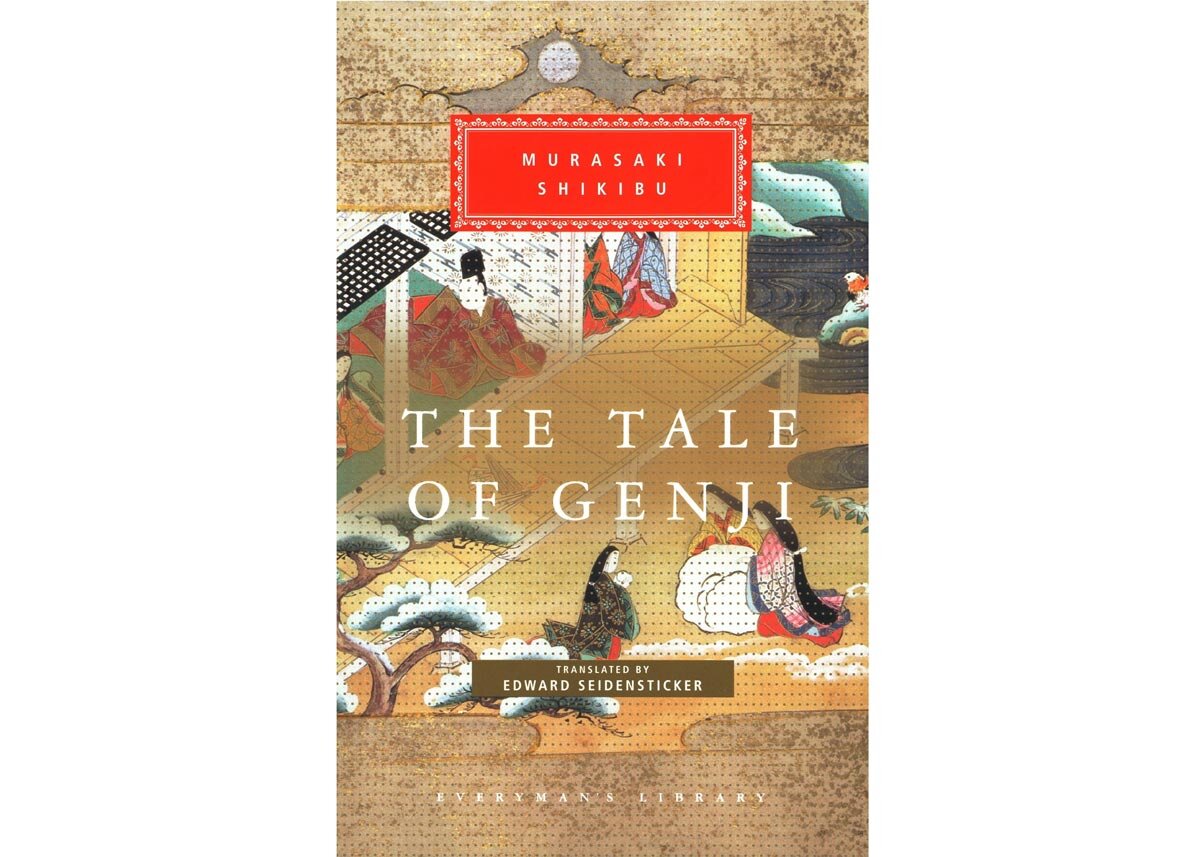
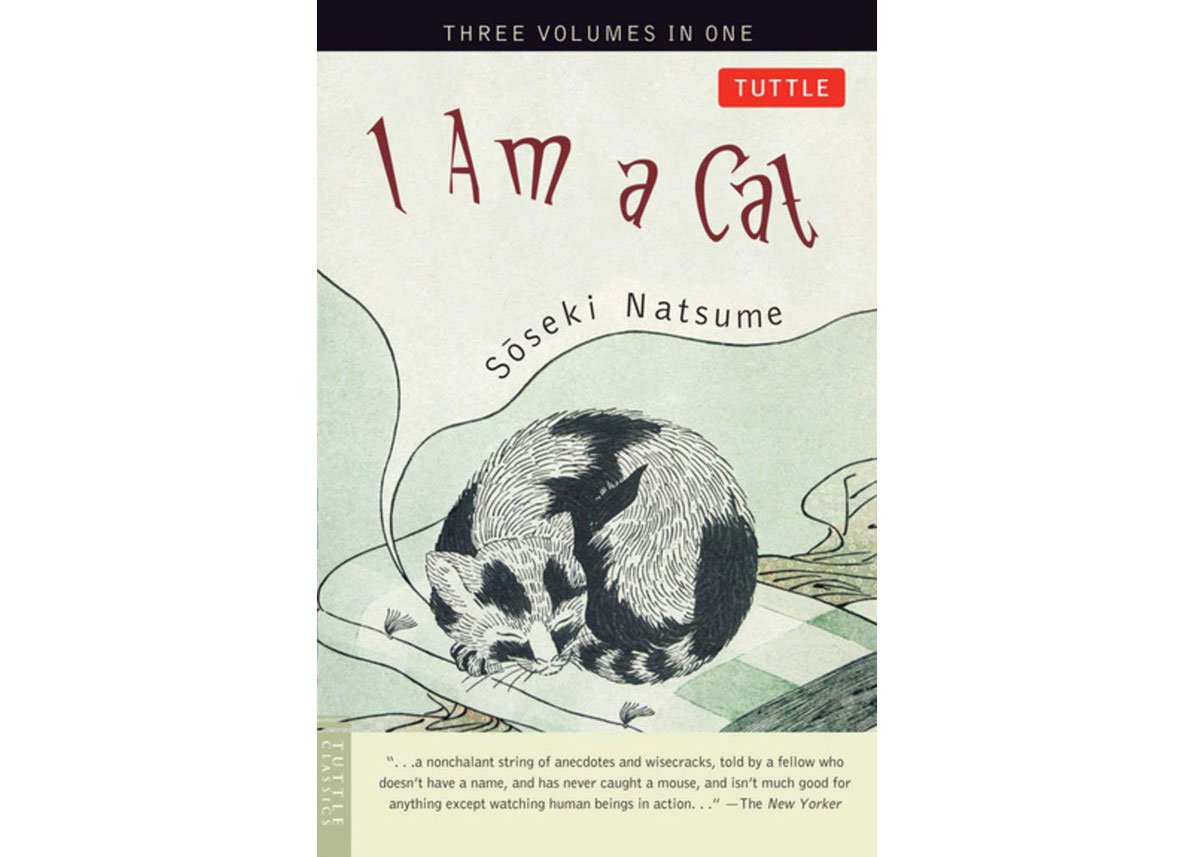
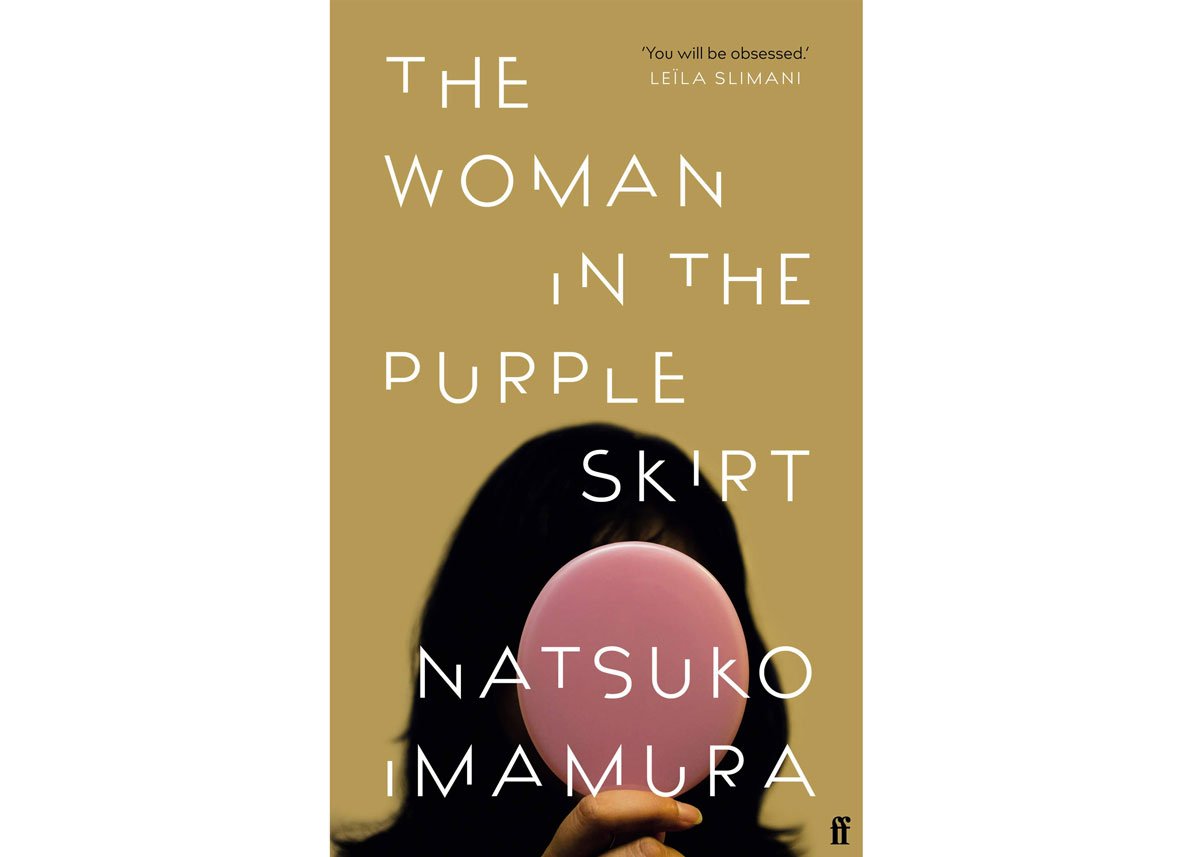
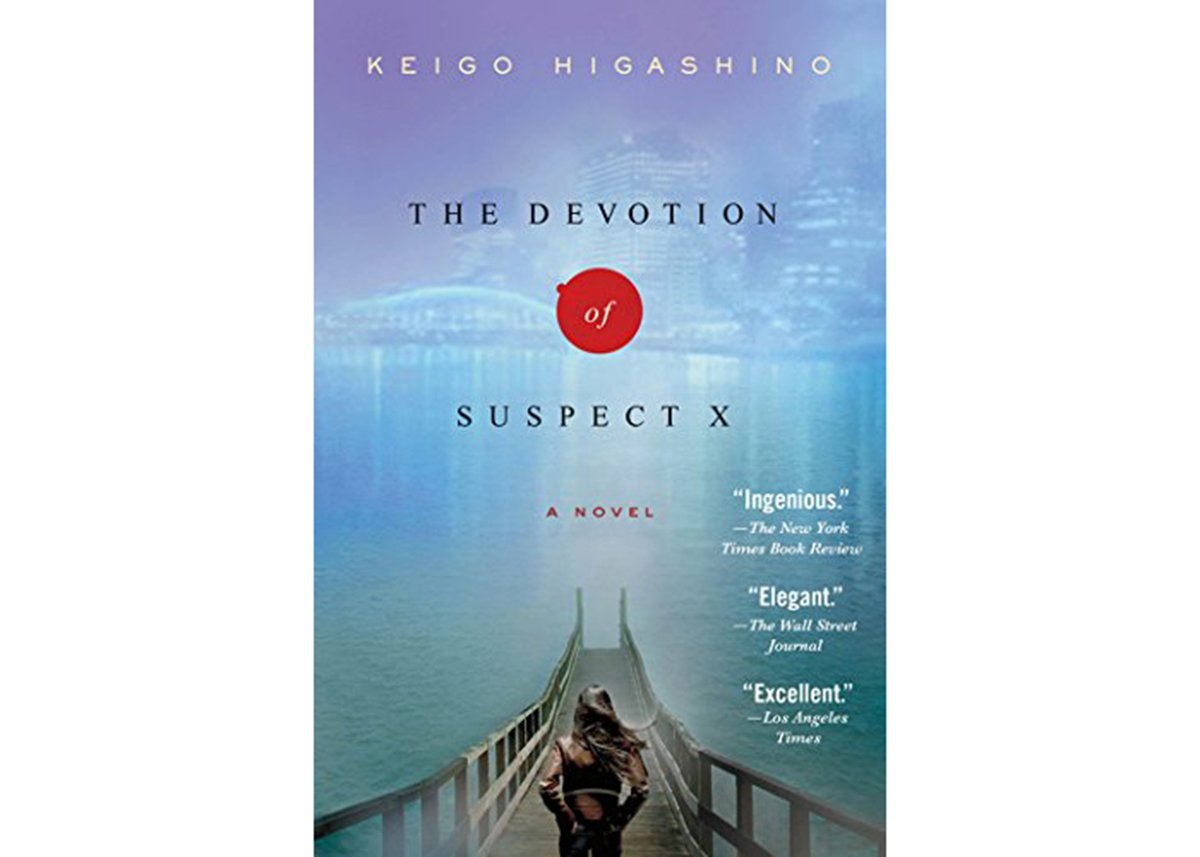




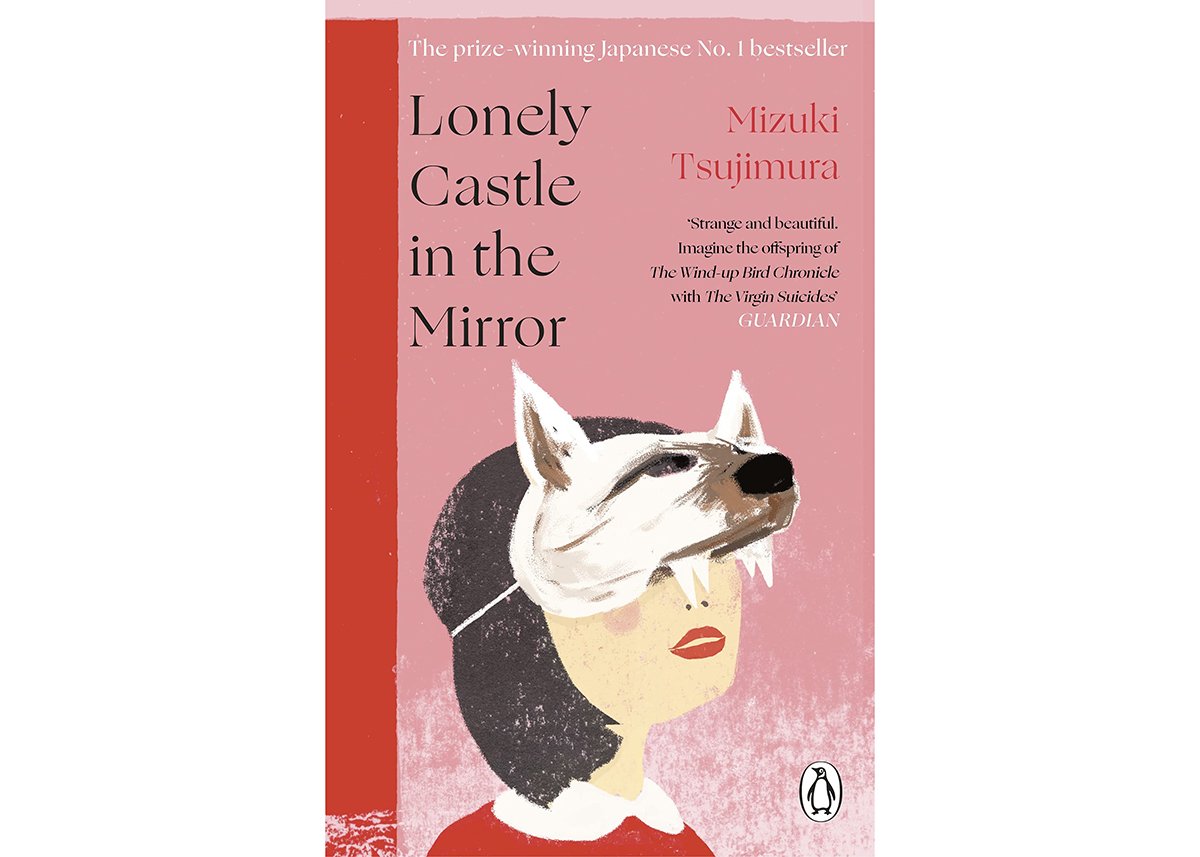
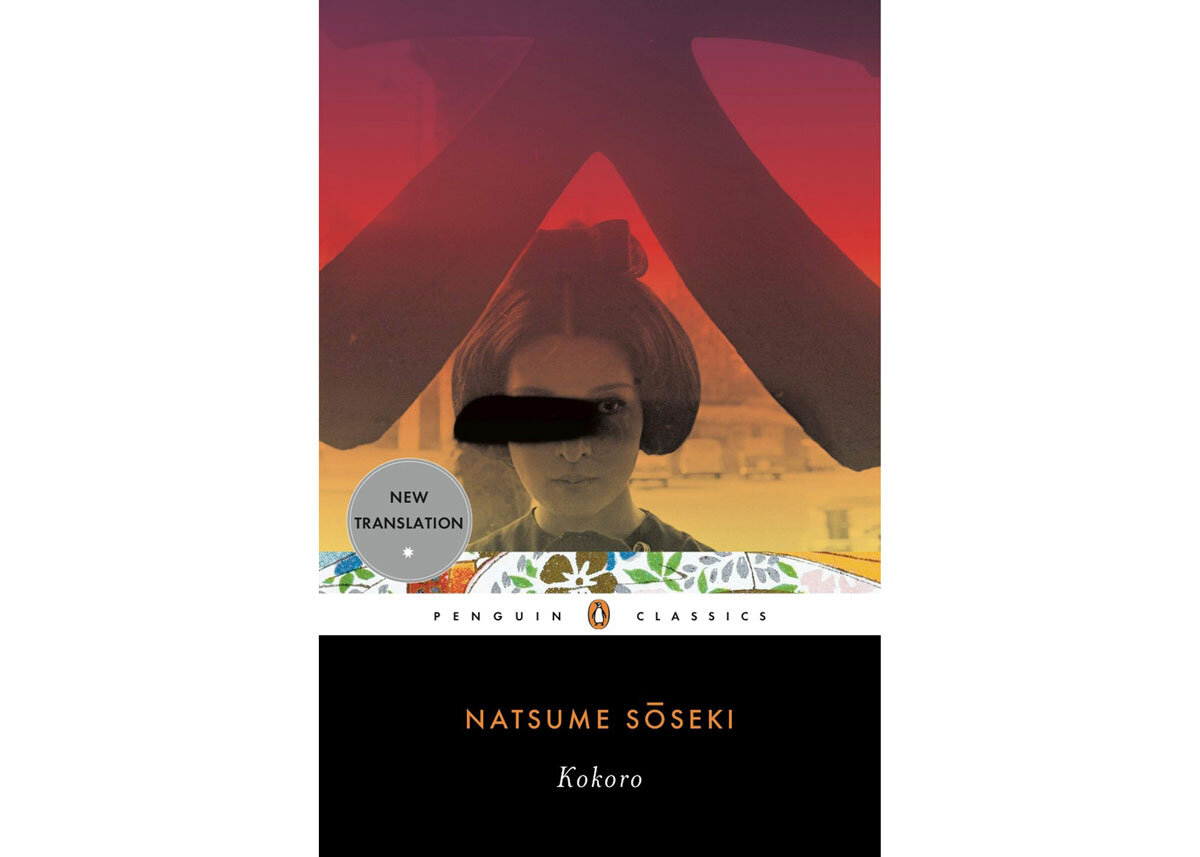

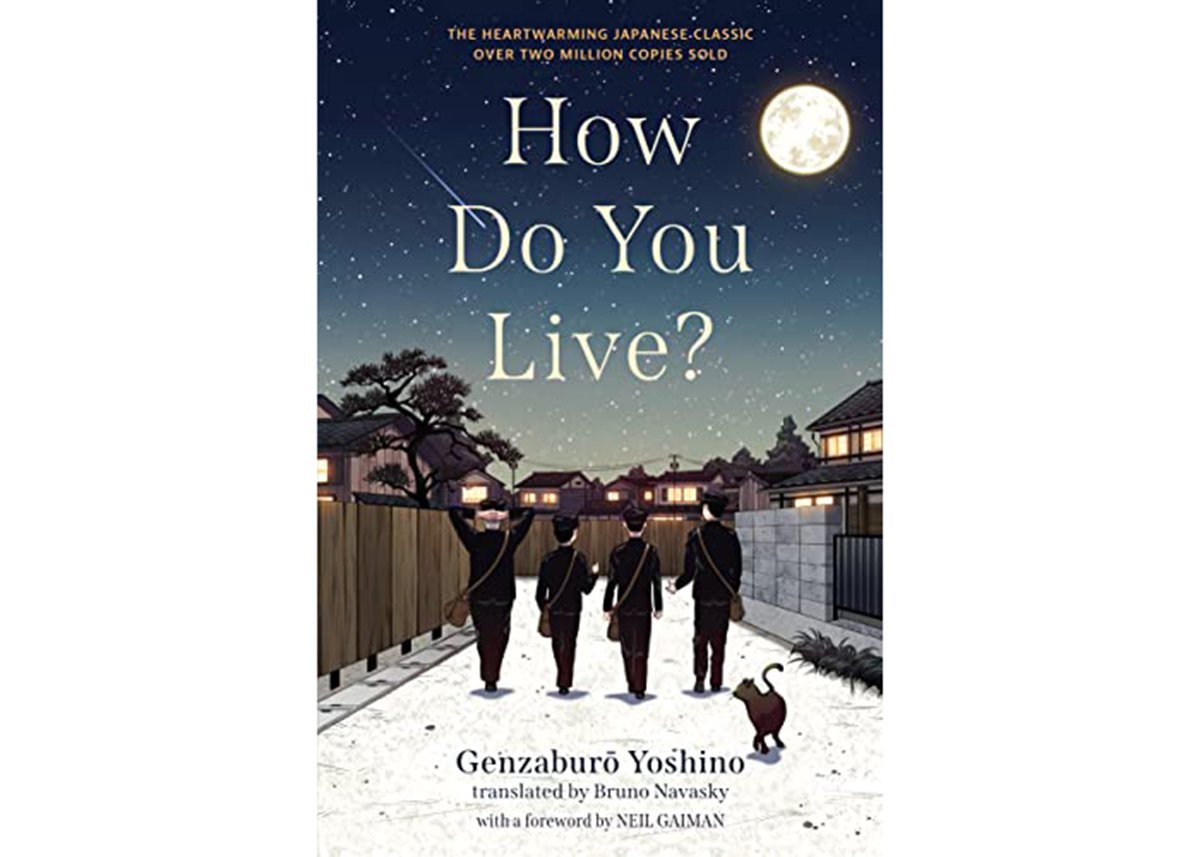
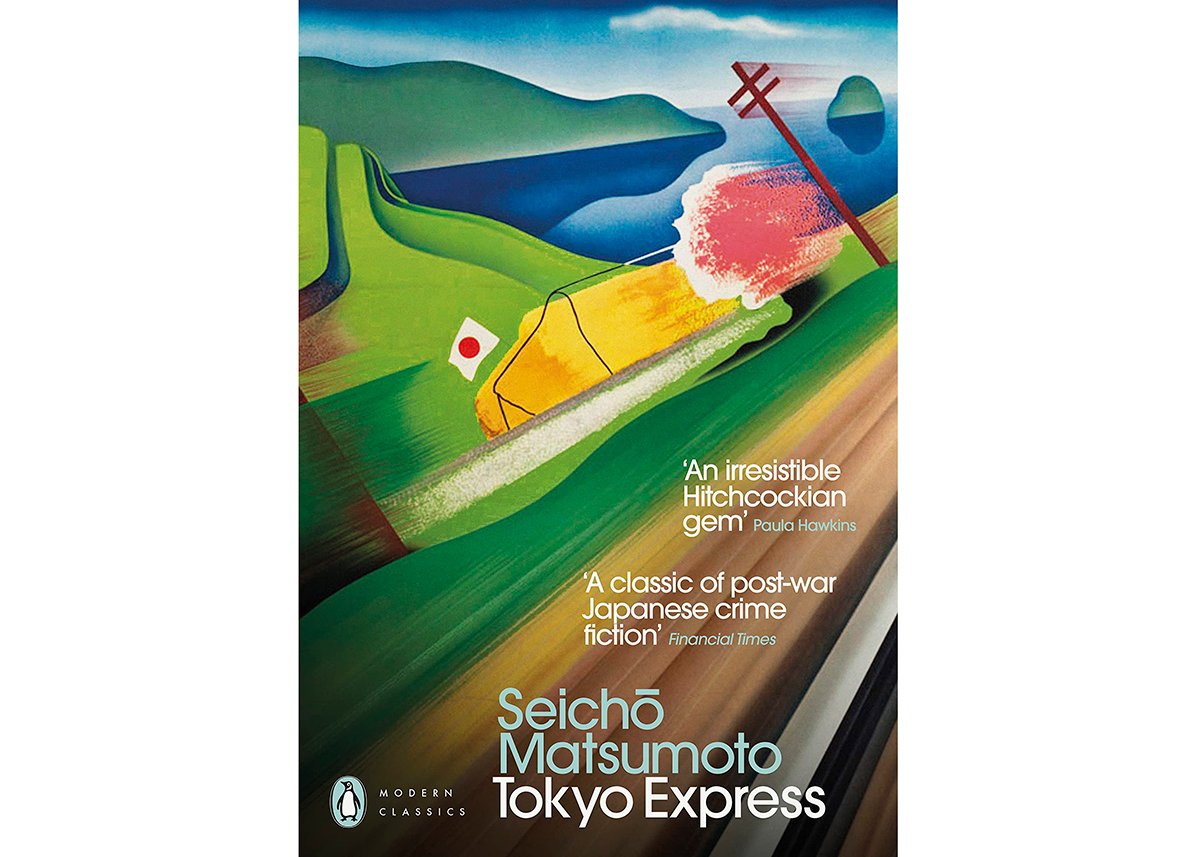
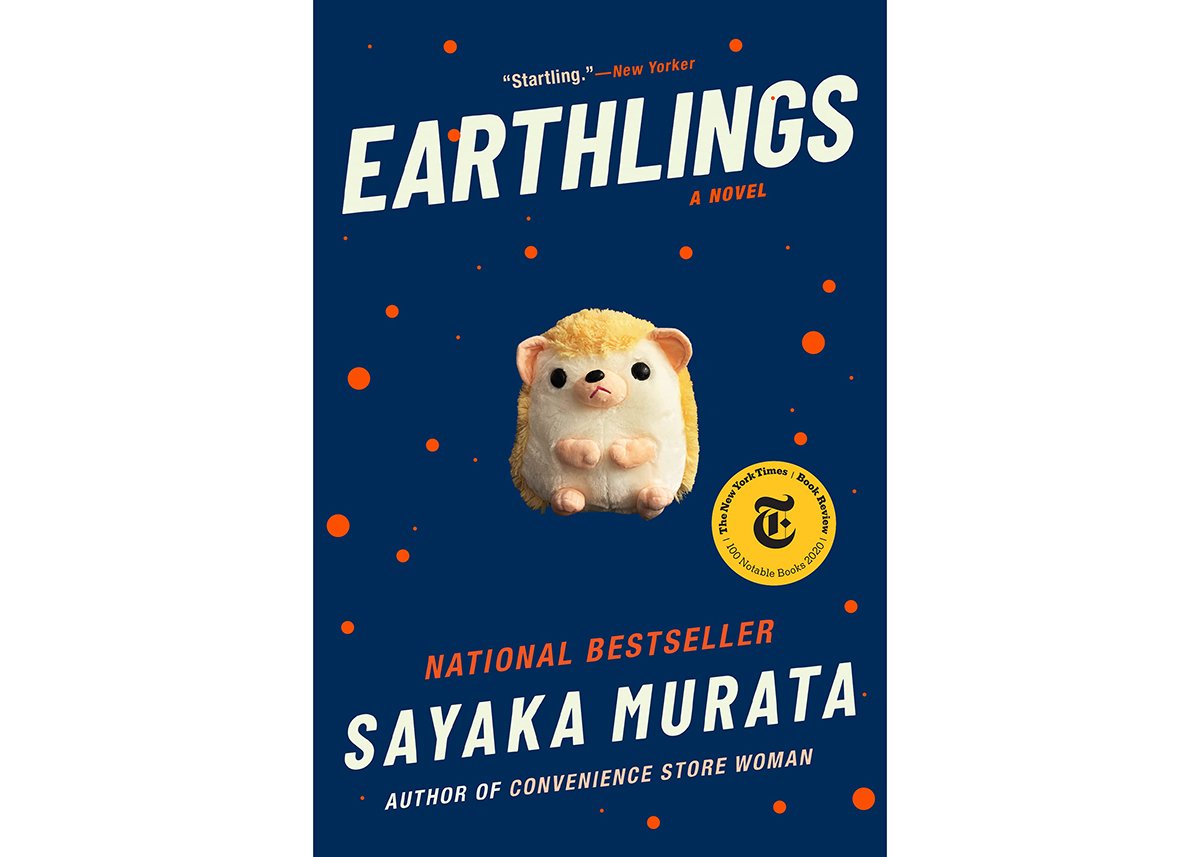
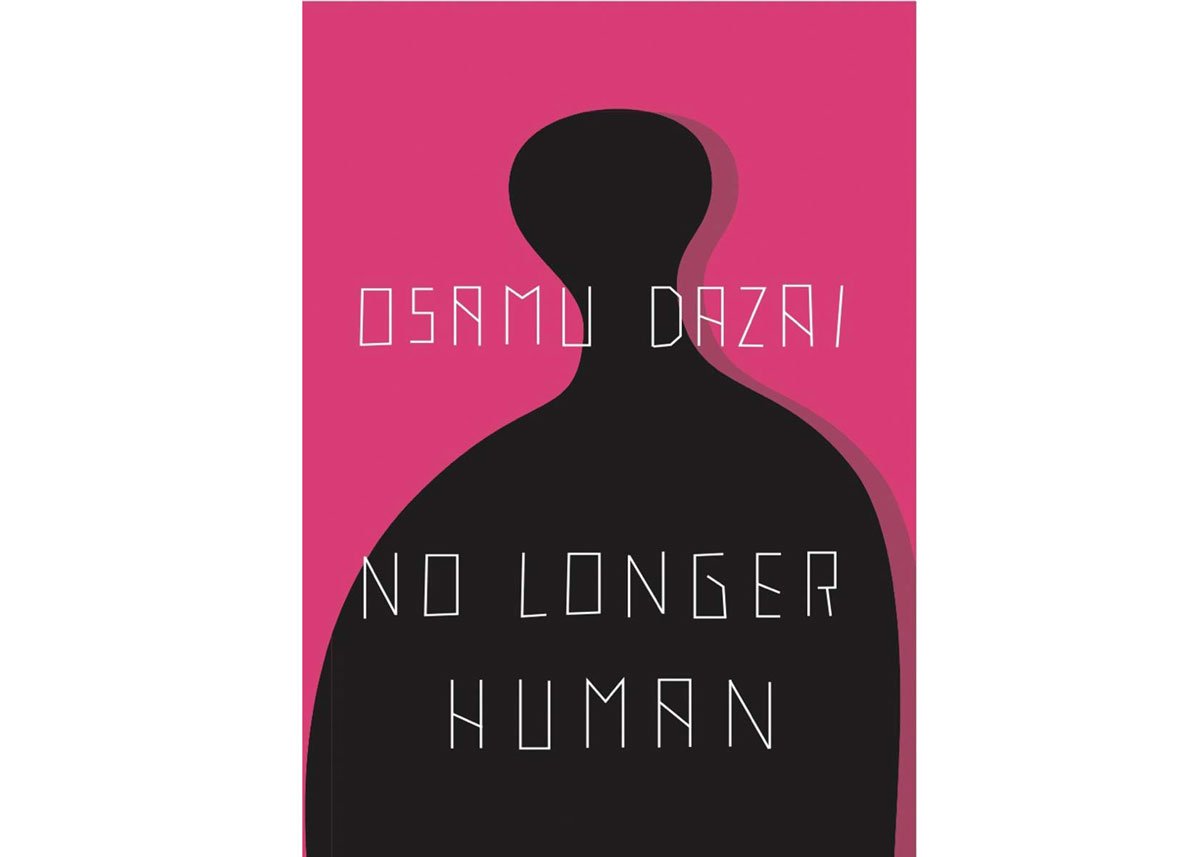




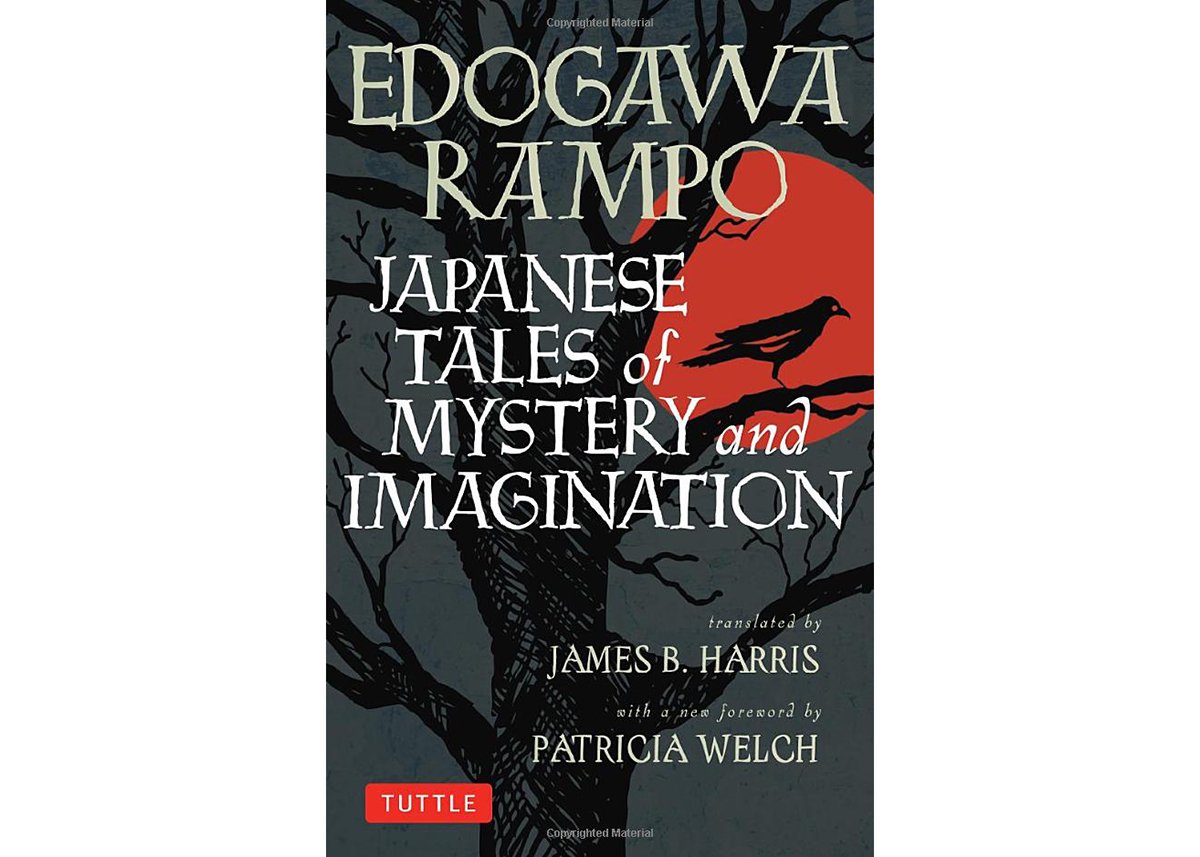

















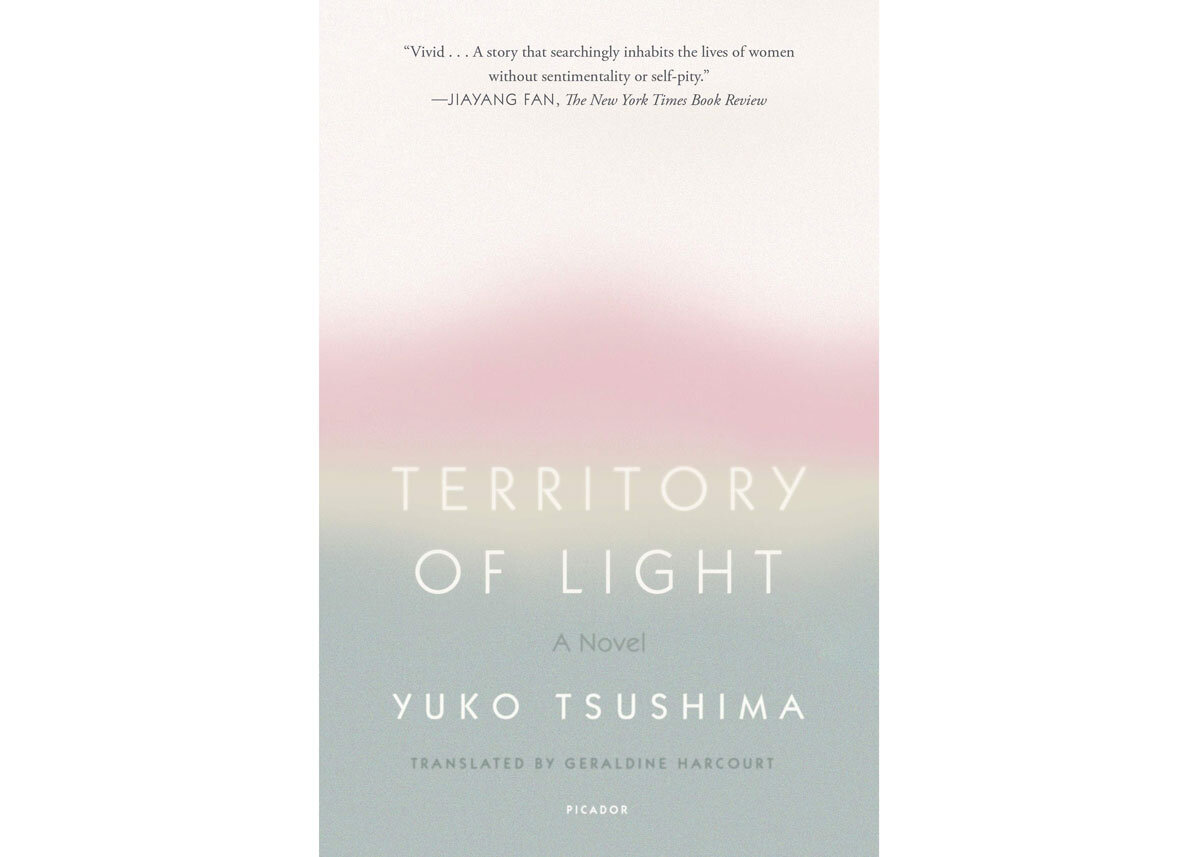


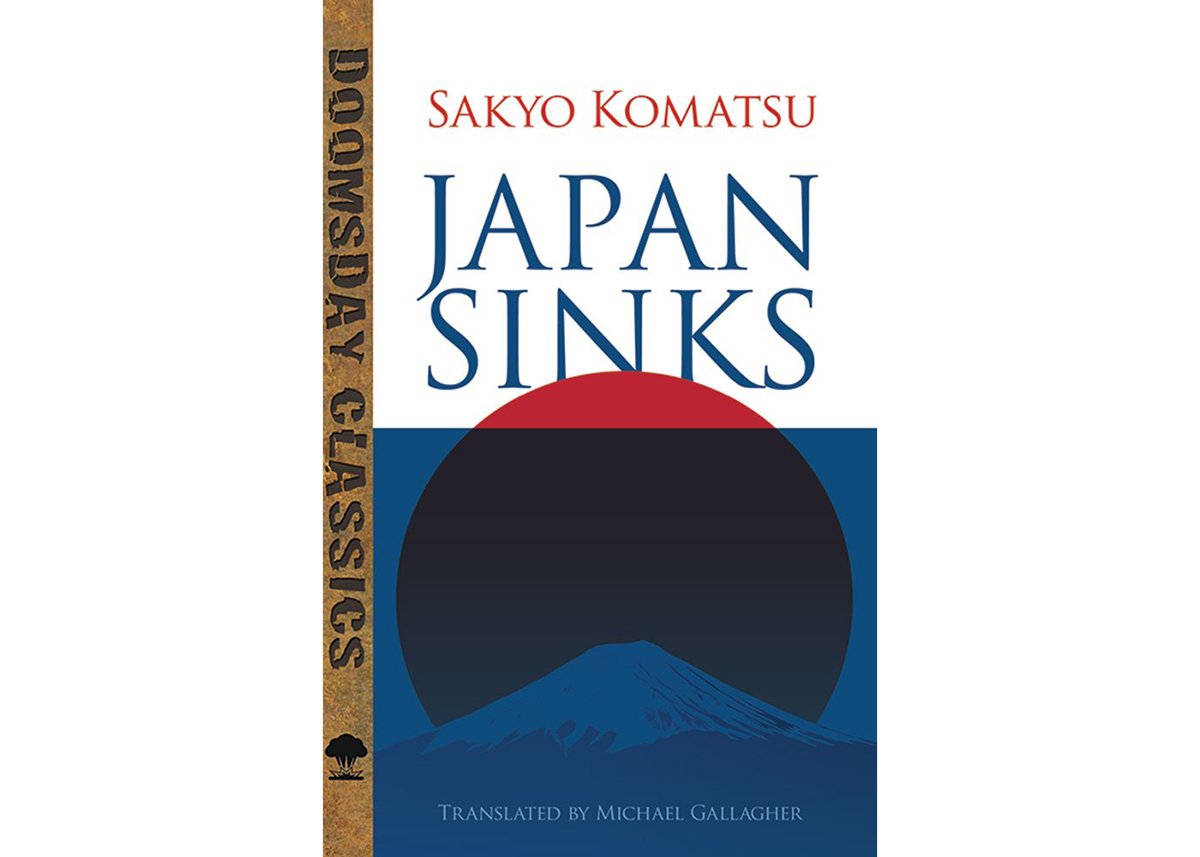
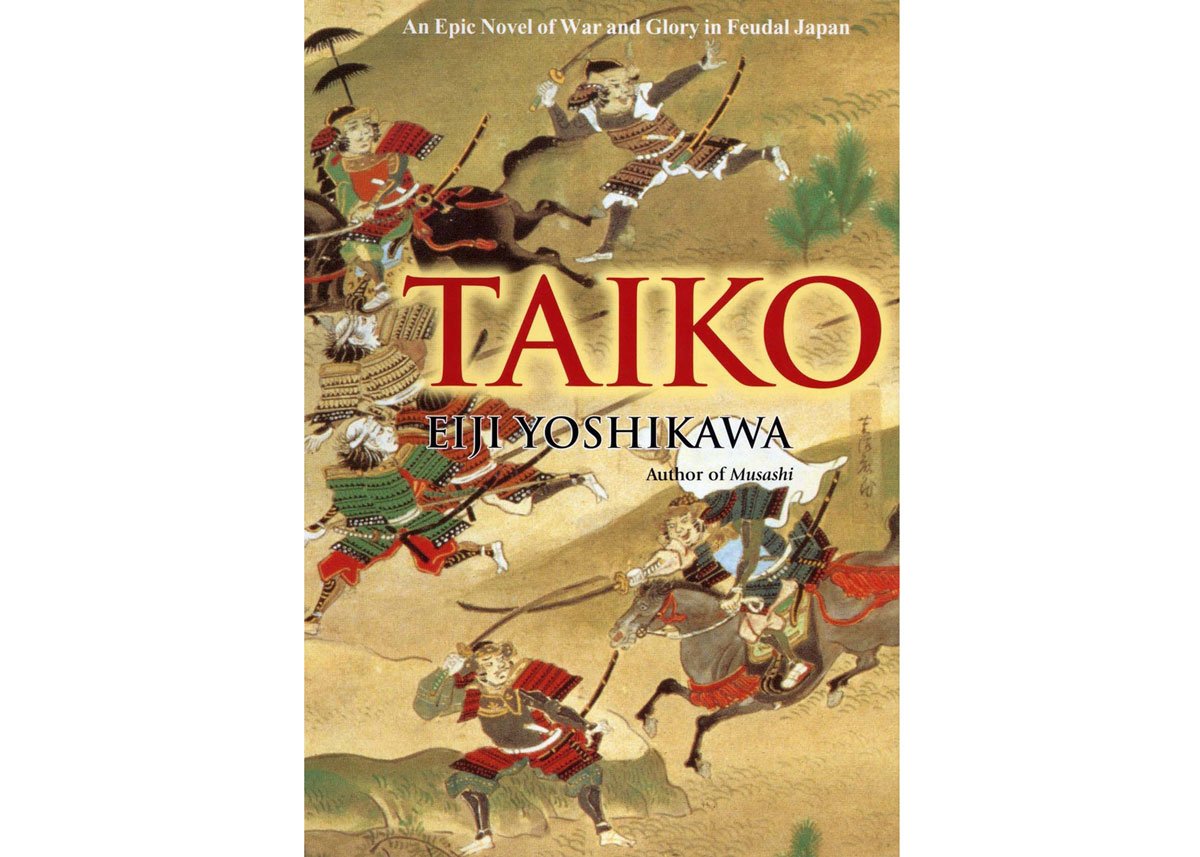





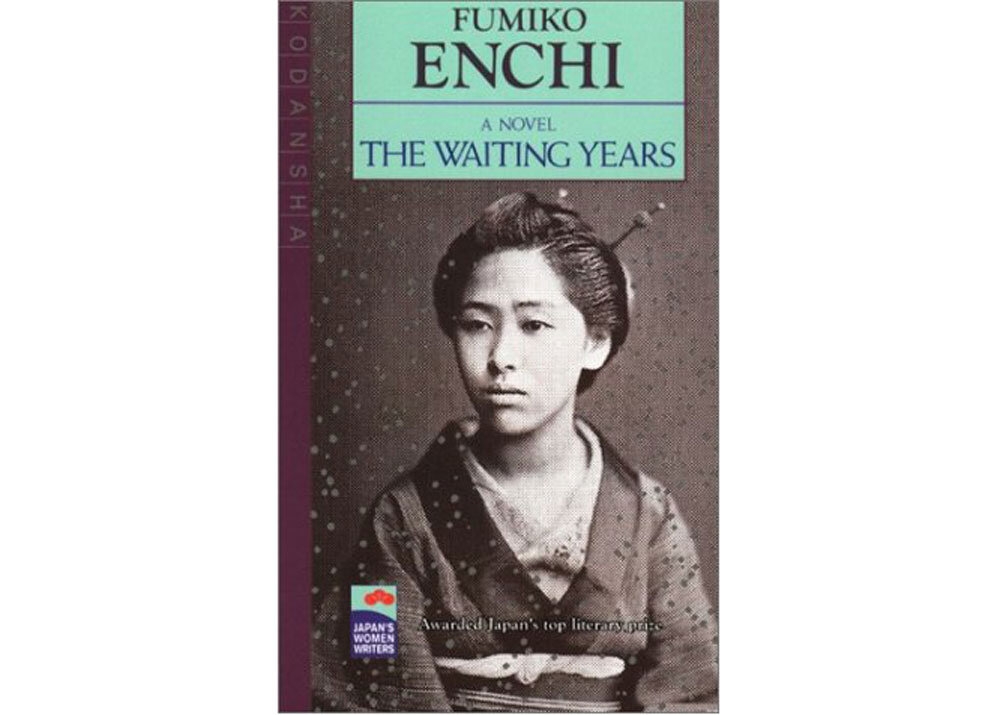



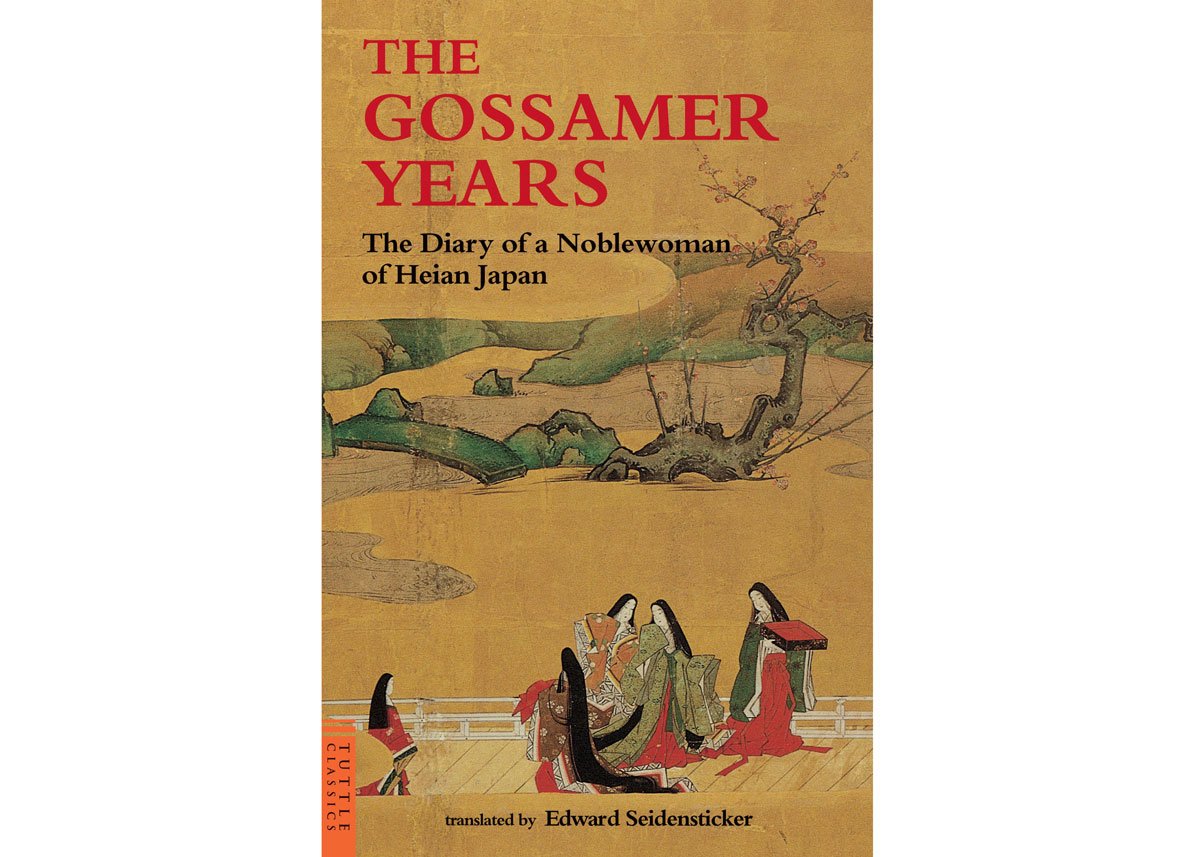












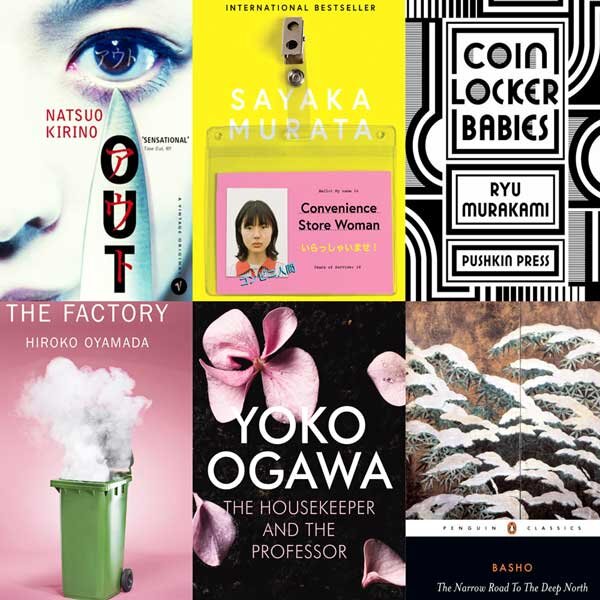









ART | October 6, 2023